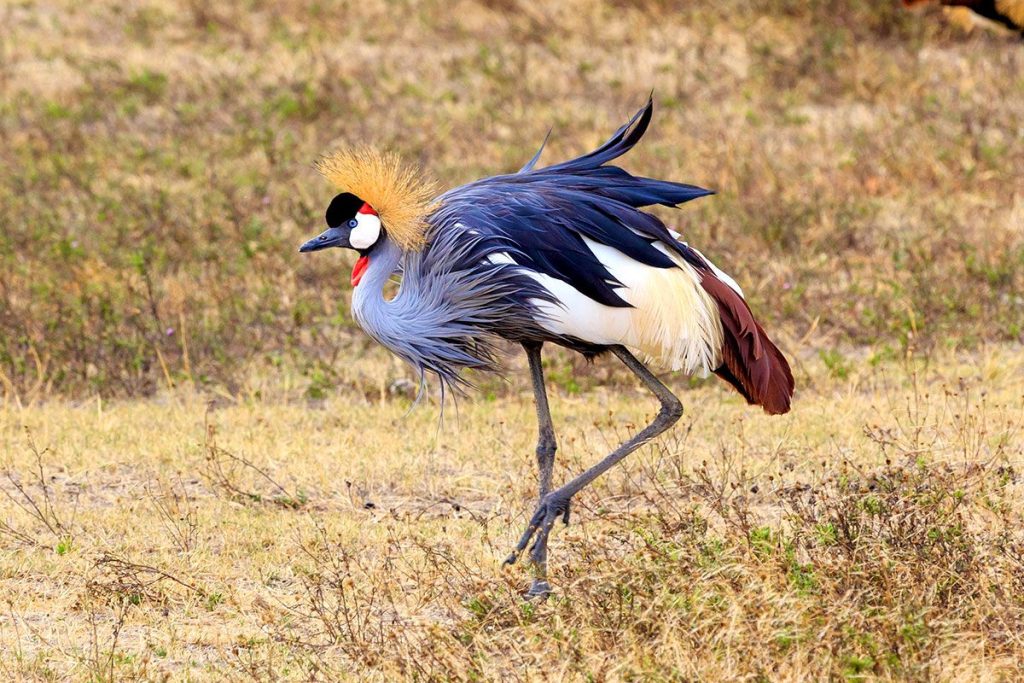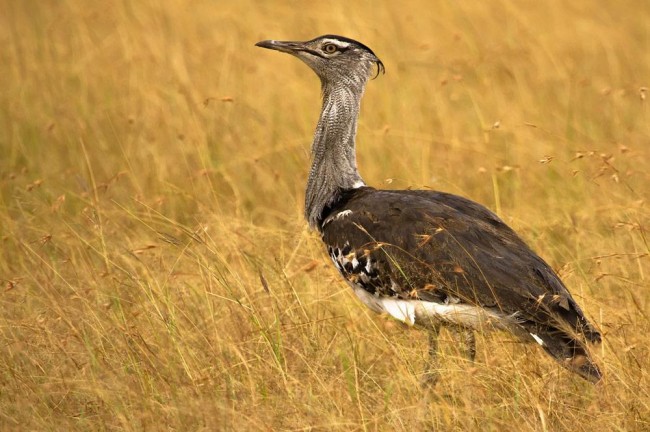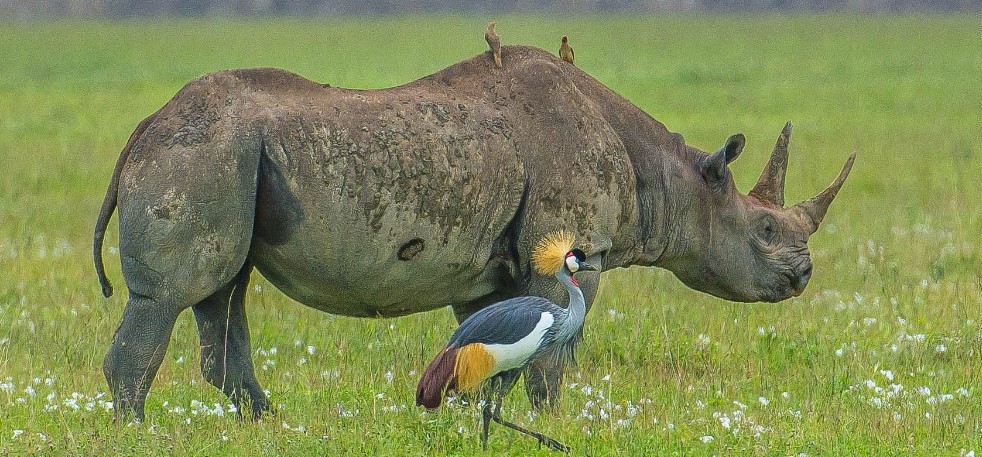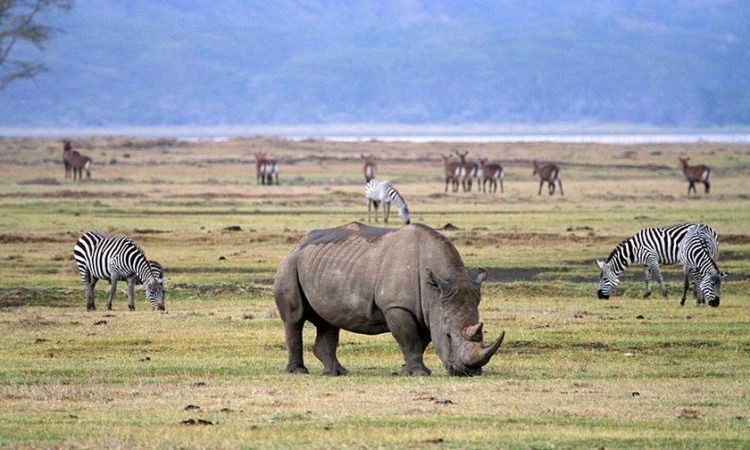Wildlife Diversity in Ngorongoro: From Big Mammals to 500+ Bird Species




Introduction To Ngorongoro Bird Species and Big Mammals
The Ngorongoro Crater, one of Africa’s most famous wildlife havens, is a biodiverse ecosystem that hosts an astonishing range of species. From its renowned big mammals to over 500 bird species, Ngorongoro is a must-visit for wildlife enthusiasts. This UNESCO World Heritage Site in Tanzania’s Ngorongoro Conservation Area covers about 260 square kilometers, providing a unique natural habitat that sustains a diverse range of species, making it one of the densest concentrations of wildlife in Africa. Here, we explore the incredible diversity that defines Ngorongoro.
Big Mammals of Ngorongoro Crater
Ngorongoro’s big mammals include some of Africa’s most iconic species, famously known as the “Big Five”: lions, elephants, buffaloes, leopards, and black rhinos. These large mammals are well-adapted to the crater’s varied habitats and are often found in abundance:
- Lions: With approximately 60-70 lions living in the crater, Ngorongoro’s prides are a sight to behold. The lions here are notably famous for their unique black manes, and visitors may encounter them lounging under acacia trees or roaming the grasslands.
- Elephants: An estimated 200-300 elephants, mostly older bulls, make their home in the crater. They roam the grasslands and wetlands in search of grazing areas, often seen near the Lerai Forest where they feed on fresh vegetation.
- Buffaloes: One of the most common big mammals in Ngorongoro, buffaloes roam in herds across the crater, enjoying the lush grasses that grow from nutrient-rich volcanic soil.
- Leopards: Although elusive, leopards can be spotted in the wooded areas of the crater rim, where they enjoy seclusion and cover for hunting.
- Black Rhinos: Ngorongoro is one of the last safe havens for the critically endangered black rhino in East Africa, with around 30-50 individuals remaining in the crater. Their presence is carefully protected, making every sighting of these majestic animals a special experience.
Ngorongoro’s Incredible Bird Species
Beyond its large mammals, the crater is a haven for birdwatchers. With over 500 bird species recorded, Ngorongoro is home to both resident and migratory birds. The diversity of habitats within the crater, from grasslands and forests to swamps and lakes, attracts an impressive array of birds, including:
- Lesser Flamingos: These pink beauties flock to Lake Magadi within the crater, where they feed on algae, creating a surreal sight against the lake’s turquoise waters.
- Crowned Cranes: Known for their striking golden crests, crowned cranes are commonly found in the wetter areas of the crater, where they forage in pairs or small groups.
- Ostriches: The world’s largest bird, the ostrich, is a frequent sight in Ngorongoro’s grasslands, where they roam freely, often traveling in groups.
- Secretary Birds: With their long legs and distinctive crest, these unique birds of prey are often spotted striding through the grasslands in search of insects and small animals.
- Raptors and Vultures: Ngorongoro’s skies are graced by numerous raptors, including eagles, buzzards, and vultures, which play a crucial role in the crater’s ecosystem by helping to control populations of smaller animals and clean up carcasses.
Why So Many Species Thrive in Ngorongoro Crater
The crater’s unique environment allows both big mammals and bird species to thrive. With permanent water sources, such as seasonal rivers, springs, and Lake Magadi, the crater provides year-round sustenance. The nutrient-rich soil supports a wide range of vegetation, including grasses and foliage that feed herbivores, which in turn attract large predators like lions, hyenas, and leopards.
Special Wildlife Highlights of Ngorongoro Crater
- Hyenas: Ngorongoro has one of Africa’s highest densities of spotted hyenas, with an estimated 400-600 individuals. These highly social scavengers often challenge lions for food, creating a dynamic ecosystem that captivates visitors.
- Wildebeest and Zebras: About 7,000-8,000 wildebeest and thousands of zebras call the crater home, forming large herds that roam the grasslands in search of fresh grazing areas. Their numbers also draw in a variety of predators, providing balance in the ecosystem.
Why Giraffes Are Absent from the Crater
One of the most commonly asked questions about Ngorongoro’s wildlife is why there are no giraffes in the crater. The steep descent into the crater is challenging for giraffes, and the terrain lacks tall acacia trees, which are their preferred food source. Instead, giraffes can be found in surrounding areas where they can access suitable habitats.
Conservation Efforts and Future of Ngorongoro’s Wildlife
Ngorongoro Conservation Area’s protection efforts are crucial to maintaining the balance and biodiversity of its ecosystem. Conservation teams work to monitor species populations, protect against poaching, and promote genetic diversity, especially for vulnerable species like the black rhino and lions. These efforts are essential to ensuring that future generations can continue to experience the rich diversity of big mammals and bird species that make Ngorongoro so remarkable.
Conclusion
Ngorongoro Crater is a true natural wonder where Africa’s wildlife diversity is on full display. From its powerful big mammals, including the Big Five, to the vibrant array of bird species that populate its landscapes, Ngorongoro offers a unique glimpse into Tanzania’s rich natural heritage. Visiting Ngorongoro Crater is an unforgettable journey into one of Africa’s most ecologically diverse and awe-inspiring destinations.

One Comment